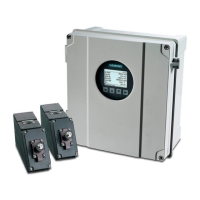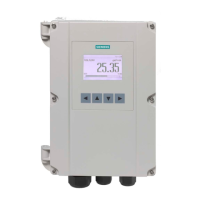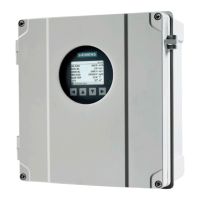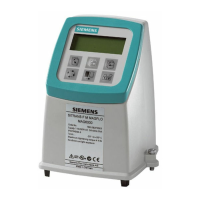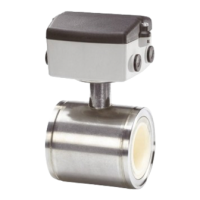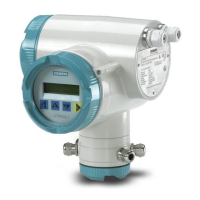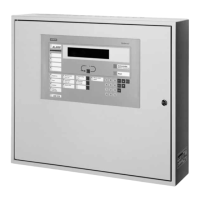Planning the networking of the stations
8
131 |
Building Technologies
8.16.4 Cable specification for SAFEDLINK
Please observe the following points:
● Use only twisted pair cables with a minimum of 10 twists per meter. Trouble-
free operation cannot be guaranteed with any other cables.
● Two wires are required.
● Both shielded or unshielded cables can be used.
Depending on the quality of the cables used, the requirements on networking may
differ. With low-quality the transmission speed must be reduced. Use only cables
meeting the requirements listed below. Otherwise transmission problems may
occur.
'Standard' transmission speed of 315 kbit/s
The table below shows the minimum requirement on the cable for the transmission
speed ' Standard'.
Cable resistance (both conductor
strings)
<200 ohm/km
Cable capacitance ≤100 nF/km
1
Attenuation at 1 MHz <25 dB/km
1
For cables with a capacitance of >100 to ≤125 nF/km, the maximum distance
between two ↑ stations must not exceed 800 m so that the transmission speed of
315 kbit/s can be maintained.
The following table lists cable types which are suitable for the 'Standard'
transmission speed.
Telephone cable for indoor
applications CAT-3 (ISDN)
J-2Y(St)Y 2*2*0.6
Data cable CAT-5 S/UTP AWG 24 J-02YS(ST)Y 4*2*0.51
Fire detection cable J-Y(St)Y 2*2*0.8
2
2
The cable must comply with the specifications of the VDE standard 0815:1985.
With a capacitance of >100 to ≤125 nF/km, the maximum distance between two
stations must not exceed 800 m.
'Low' transmission speed of 115 kbit/s
The table below shows the minimum requirement on the cable for the transmission
speed 'Low'.
Cable resistance (both conductor
strings)
<200 ohm/km
Cable capacitance <250 nF/km
Attenuation at 1 MHz <30 dB/km
The following table lists cable types which are suitable for the transmission
frequency 'Low'.
MICC cable Per twist LSF 4T1.5
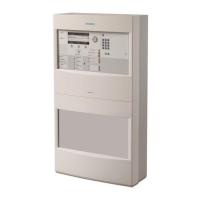
